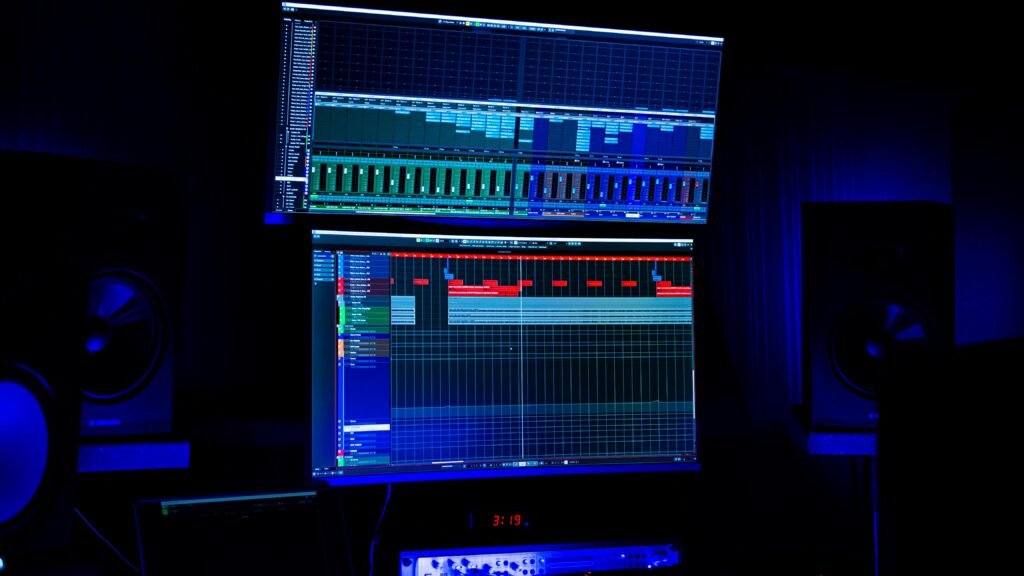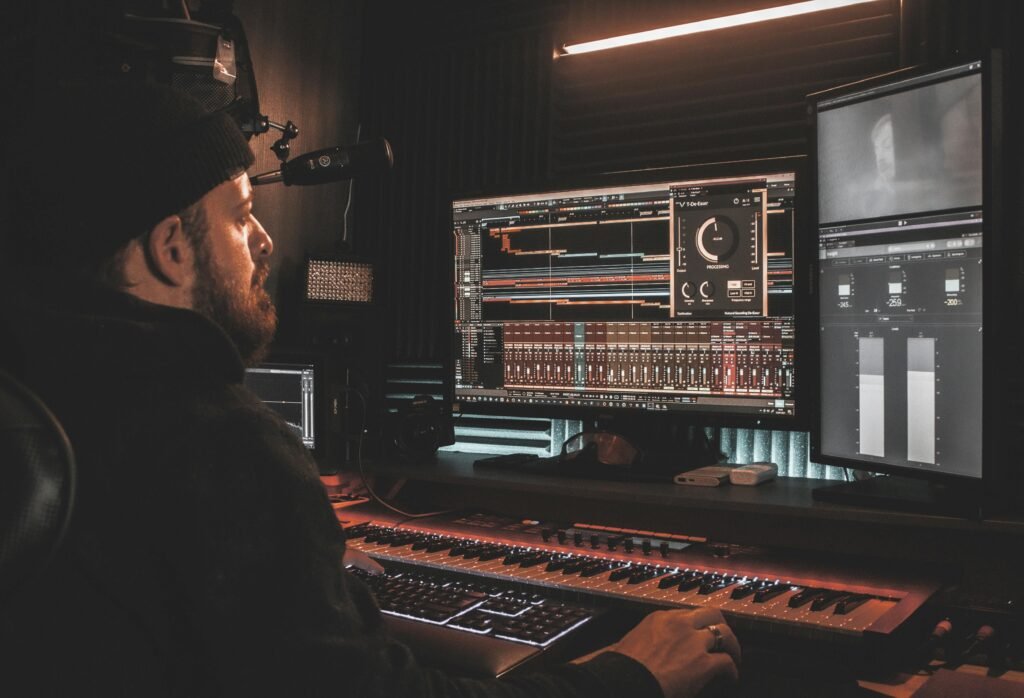As a professional composer dedicated to sharing knowledge and expertise, I understand the importance of mastering in the music production process. Mastering plays a crucial role in enhancing the overall sound quality of a recording, ensuring consistency across tracks, and preparing the music for distribution across various platforms. However, mastering can present its own set of challenges, requiring advanced techniques and strategies to overcome. In this comprehensive guide, we will explore some of the most common mastering challenges and discuss advanced techniques to help you achieve professional and captivating sound.

Understanding the Importance of Mastering
Mastering is the final stage in the music production process, where the recorded audio is polished, balanced, and optimized for playback on different systems. Here are some key reasons why mastering is essential:
- Audio Enhancement: Mastering helps enhance the overall clarity, depth, and dynamics of the audio, making it sound more polished and professional.
- Consistency: Mastering ensures consistency in sound quality and volume levels across all tracks on an album or EP, creating a cohesive listening experience for the audience.
- Compatibility: Mastering ensures that the audio is optimized for playback on various playback systems, including streaming platforms, CD players, and vinyl records.
- Loudness Optimization: Mastering involves optimizing the overall loudness of the audio to compete with other commercial releases without sacrificing dynamic range or audio quality.
Common Mastering Challenges
Mastering presents several challenges that can impact the final sound quality of a recording. Some of the most common challenges include:
- Frequency Imbalance: Uneven frequency response across the audio spectrum can result in a muddy or harsh sound, making it difficult to achieve a balanced mix.
- Dynamic Range Compression: Excessive compression can squash the dynamics of the audio, resulting in a lifeless and fatiguing sound.
- Clipping and Distortion: Clipping and digital distortion can occur when the audio signal exceeds the maximum allowable level, leading to unwanted artifacts and distortion.
- Stereo Imaging Issues: Poor stereo imaging can result in an unbalanced or narrow soundstage, detracting from the overall listening experience.
Advanced Mastering Techniques
To address these challenges and achieve professional and captivating sound, mastering engineers employ a variety of advanced techniques. Here are some techniques to consider:

1. Multiband Compression and Dynamic EQ
Multiband compression and dynamic EQ are powerful tools for addressing frequency imbalances and dynamic range issues. By splitting the audio signal into multiple frequency bands, you can apply different compression settings or EQ adjustments to each band, allowing for precise control over the audio’s tonal balance and dynamics.
2. Parallel Compression and Saturation
Parallel compression and saturation can add warmth, depth, and character to the audio without sacrificing dynamics. By blending a heavily compressed or saturated signal with the original audio, you can achieve a more cohesive and impactful sound while preserving the dynamics and transients of the mix.
3. Mid-Side Processing
Mid-side processing allows you to independently process the center (mid) and side (stereo) components of the audio signal. This technique can be used to enhance stereo imaging, adjust the balance between the center and sides, and correct phase issues, resulting in a more spacious and immersive soundstage.
4. Limiting and True Peak Detection
Limiting is a crucial step in mastering for controlling the peak levels of the audio and maximizing loudness without causing clipping or distortion. True peak detection ensures that the audio does not exceed the maximum allowable level when converted to analog or lossy digital formats, such as MP3 or AAC.
5. Reference Tracks and A/B Comparison
Using reference tracks and A/B comparison allows you to objectively evaluate the sound quality of your master against commercially released tracks. By comparing your master to professionally mastered tracks in a similar genre, you can identify areas for improvement and ensure that your master translates well across different playback systems.
Conclusion
In conclusion, mastering is a critical stage in the music production process that requires advanced techniques and strategies to overcome common challenges and achieve professional results. By understanding the importance of mastering, identifying common challenges, and implementing advanced techniques such as multiband compression, parallel processing, mid-side processing, limiting, and reference track comparison, you can elevate the sound quality of your recordings and captivate your audience with a polished and professional sound. Remember to trust your ears, experiment with different techniques, and strive for sonic excellence in every master you create.
Dengan panduan ini, Anda memiliki pengetahuan yang lebih dalam tentang tantangan umum yang dihadapi dalam proses mastering dan teknik lanjutan yang dapat digunakan untuk mengatasi mereka. Semoga artikel ini membantu Anda meningkatkan keterampilan mastering Anda dan mencapai suara yang profesional dan memukau dalam produksi musik Anda. Jika Anda memiliki pertanyaan lebih lanjut atau membutuhkan bantuan tambahan, jangan ragu untuk menghubungi saya. Selamat mastering dan selamat mencipta!